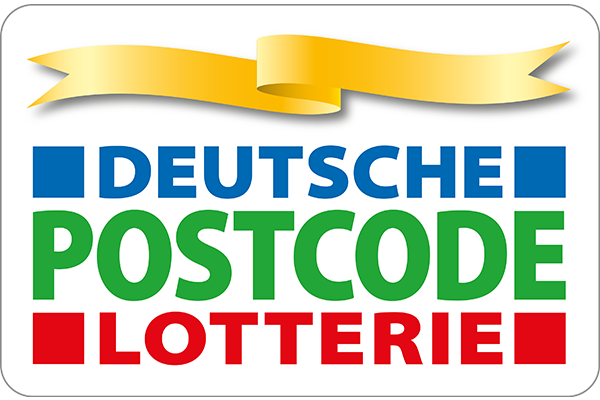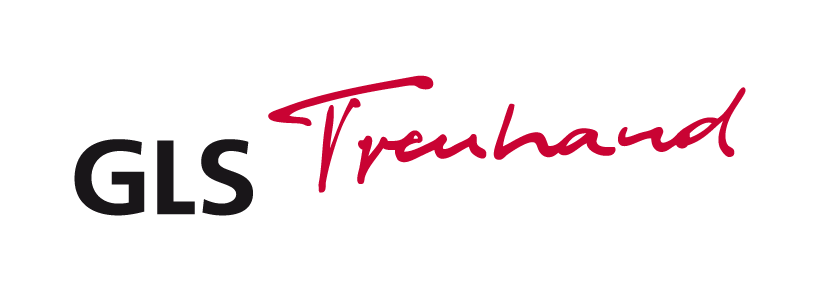Munich Stories The “Imperialhaus”
Schützenstraße 1a, 80331 München
The triangular floor plan made the multi-storey building distinctive from the beginning. It was here that Hermann Tietz laid the cornerstone for his prosperous Germany-wide department store empire, while the Munich Lichtspiele cinema introduced sound and music for the first time.
Built in 1877 according to plans by Munich architect Joseph von Schmaedel (1847-1923), the unusual triangular shape of the building still attracts attention today. It was occasionally referred to as the ‘Flatiron House’, an allusion to the triangular Flatiron Building in New York. When Pini opticians moved in, it became known for decades as ‘Pini House’. At the turn of the millennium, it was home to Hotel Anna, now operating under the name ‘Yours Truly’.
As early photographs show, the corner facing Karlsplatz/Stachus was always rounded and initially structured horizontally with stone balconies. Renovation carried out in the wake of war and fire damage made reference to this design with wide strips of illuminated advertising that gave rise to a ‘Times Square feeling’ on Stachus.
The original name ‘Imperialhaus’ is derived from the ‘Imperial Café’ that operated there from 1877. This is where Hermann Tietz, along with his nephew Oskar, opened up his first Munich department store in 1899, a so-called ‘small’ or ‘low-price department store’. Its enormous success soon called for extension of the premises from the ground floor to the first floor, until the store finally moved to the newly constructed, far more luxurious building on Bahnhofplatz in 1905.
In 1907, the ‘Imperialhaus’ building was converted into one of Munich’s first large cinemas with 450 seats. In February 1922, the city’s first ‘real’ talking film premiered here. During the Second World War, a soldier cinema was open around the clock on this site. It was destroyed in an air raid at the end of 1944. In the post-war period, the American news agency Associated Press rented space on the top floor for several years.
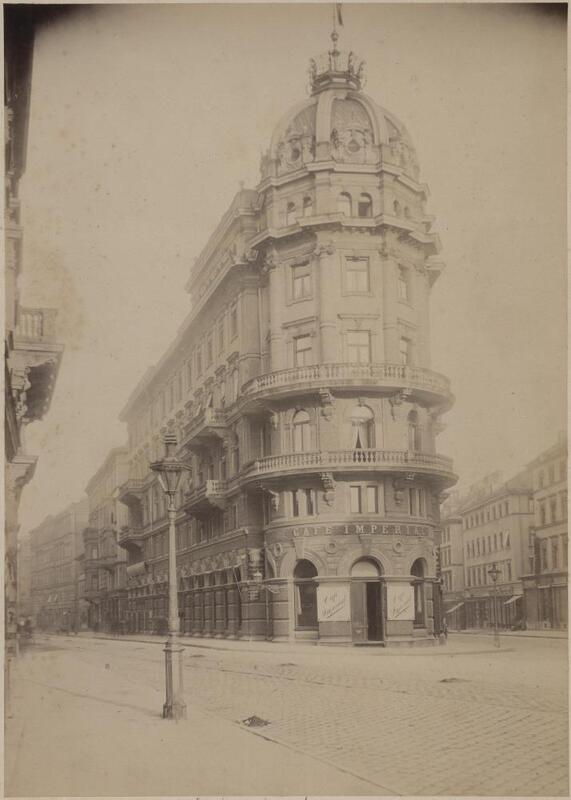
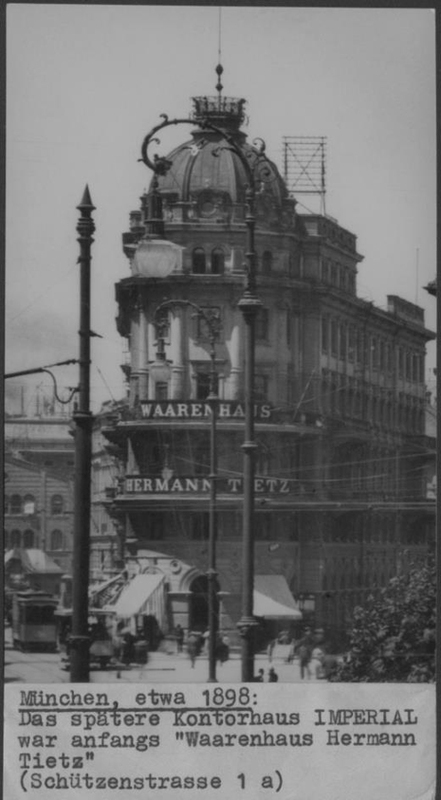
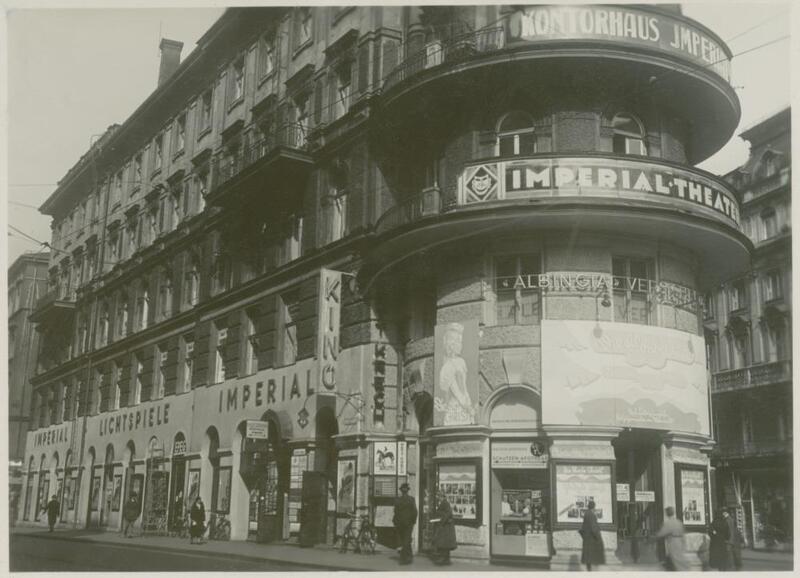

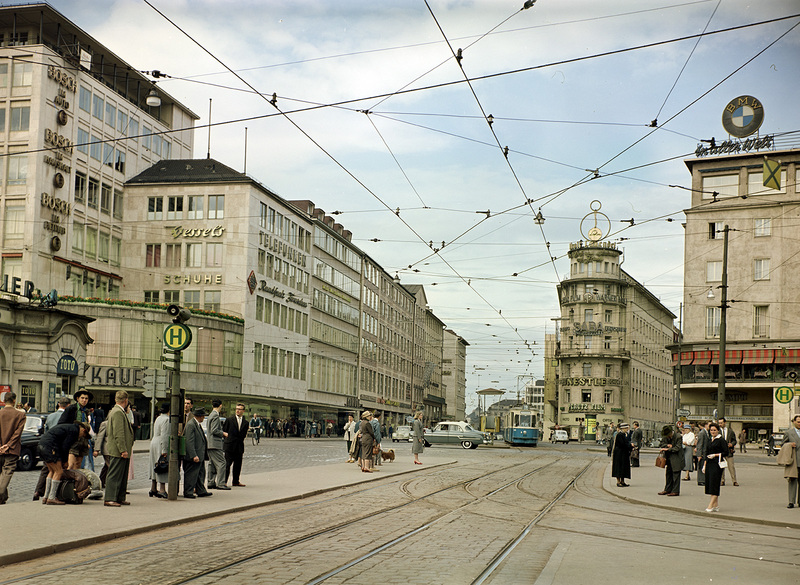
By Heidi Rehn

